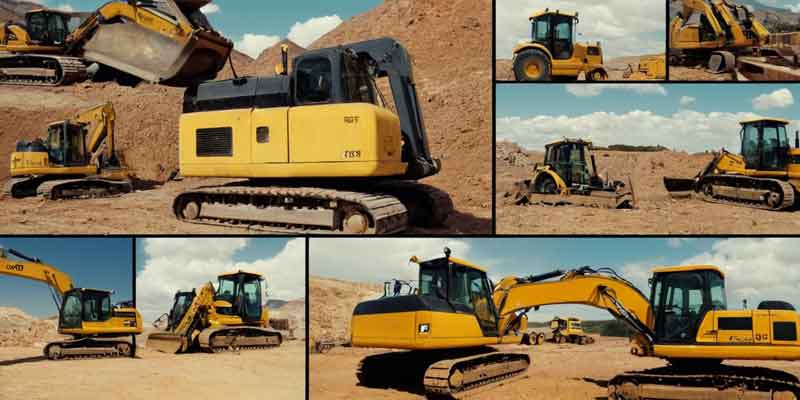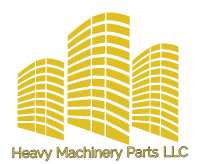The world of heavy machinery is vast and varied, encompassing a range of powerful equipment essential for construction, mining, agriculture, and many other industries. Understanding the classification of heavy machinery is crucial for selecting the right equipment for the job, ensuring efficiency, and optimizing performance. This guide delves into the different categories of heavy machinery, highlighting their specific functions and importance.

Introduction to Heavy Machinery Classification
Heavy machinery, often referred to as heavy equipment, is indispensable in industries requiring substantial power and precision. The classification of heavy machinery is typically based on their function, purpose, and capabilities. Knowing the different types of machinery helps in making informed decisions, leading to improved productivity and safety on-site.
Don’t forget, we also offer a wide range of spare parts for heavy machinery, so feel free to inquire about any replacement needs you may have. Just click on contact us.
Main Categories of Heavy Machinery
1. Earthmoving Equipment
Earthmoving equipment is used to move large amounts of earth and other materials. These machines are essential in construction and mining operations. Key examples include:
- Excavators: Used for digging trenches, holes, and foundations.
- Bulldozers: Ideal for pushing large quantities of soil, sand, and other materials.
- Loaders: Designed to move materials like dirt, gravel, and debris.
2. Construction Vehicles
Construction vehicles are designed to transport materials and machinery to and from construction sites. These include:
- Dump Trucks: Used to transport loose materials such as sand, gravel, and demolition waste.
- Concrete Mixers: Essential for mixing and delivering concrete to construction sites.
3. Material Handling Equipment
Material handling equipment is used for the movement, storage, and control of materials. Common types include:
- Cranes: Used for lifting and moving heavy materials vertically and horizontally.
- Forklifts: Ideal for lifting and transporting materials within warehouses and construction sites.
4. Road Construction Equipment
This category includes machinery used specifically for building and maintaining roads. Key machines are:
- Asphalt Pavers: Used to lay asphalt on roads, bridges, and parking areas.
- Road Rollers: Essential for compacting soil, gravel, concrete, or asphalt in the construction of roads.
5. Mining Equipment
Mining equipment is used in the extraction of minerals and other geological materials. Important examples include:
- Drills: Used for drilling holes for blasting or for sampling mineral deposits.
- Continuous Miners: Machines that cut and gather material simultaneously.
6. Agricultural Machinery
Agricultural machinery is vital for various farming activities, enhancing efficiency and productivity. Notable types are:
- Tractors: Used for pulling or pushing agricultural machinery or trailers.
- Combine Harvesters: Essential for harvesting grain crops.
Advantages and Disadvantages
Understanding the classification of heavy machinery also involves recognizing their advantages and disadvantages:
| Machinery Type | Advantages | Disadvantages |
|---|---|---|
| Earthmoving Equipment | High efficiency, versatile in various tasks | High operational and maintenance costs |
| Construction Vehicles | Essential for material transport, boosts productivity | Large footprint, requires skilled operation |
| Material Handling Equipment | Improves material management, enhances safety | Initial high investment, periodic maintenance required |
| Road Construction Equipment | Specialized for road work, ensures quality | Limited use outside road construction, expensive repairs |
| Mining Equipment | Essential for mining, enhances productivity | High operational costs, environmental impact |
| Agricultural Machinery | Increases agricultural efficiency, reduces labor | High purchase cost, requires regular maintenance |
Future Trends in Heavy Machinery
The future of heavy machinery is marked by advancements in technology and automation. Innovations such as autonomous machines, electric-powered equipment, and advanced data analytics are set to revolutionize the industry. These developments promise enhanced efficiency, reduced environmental impact, and improved safety standards.
